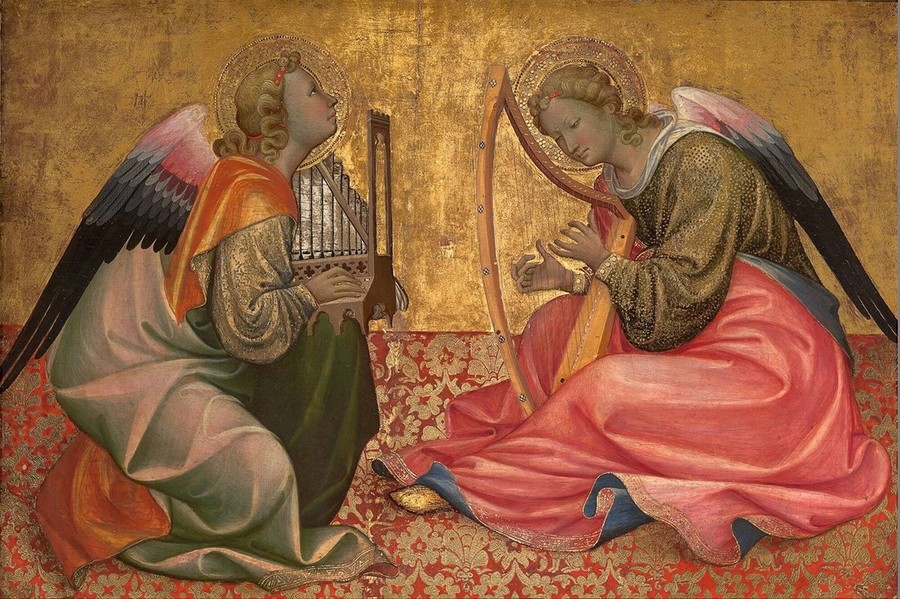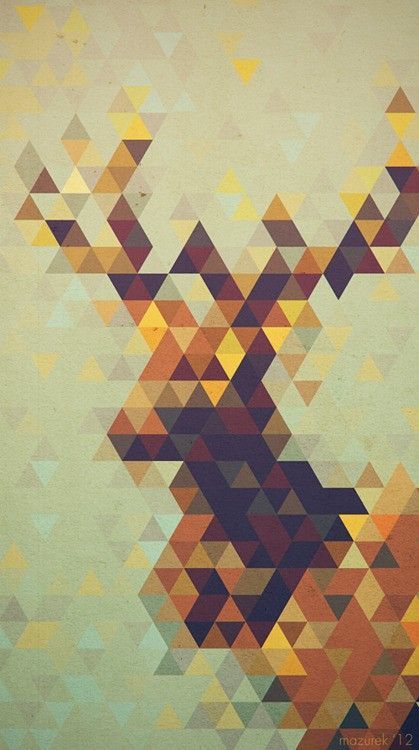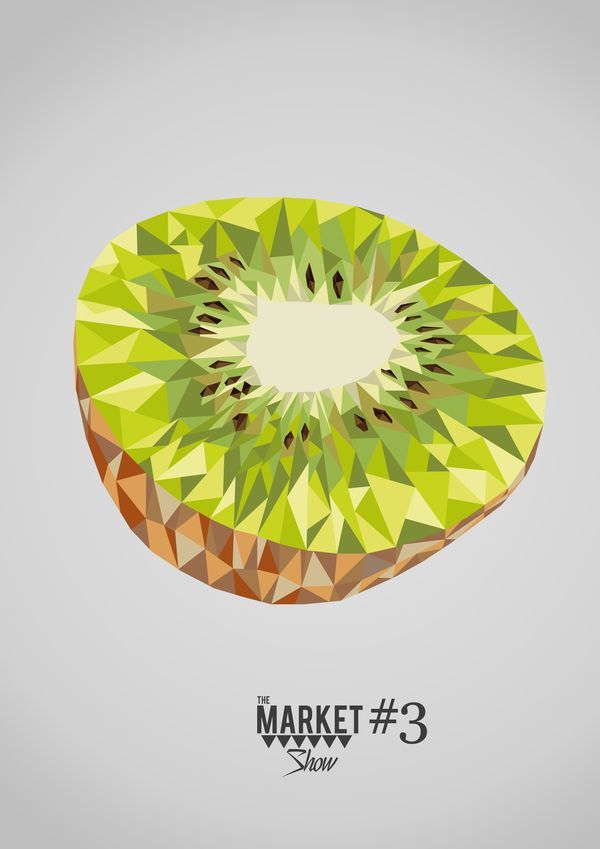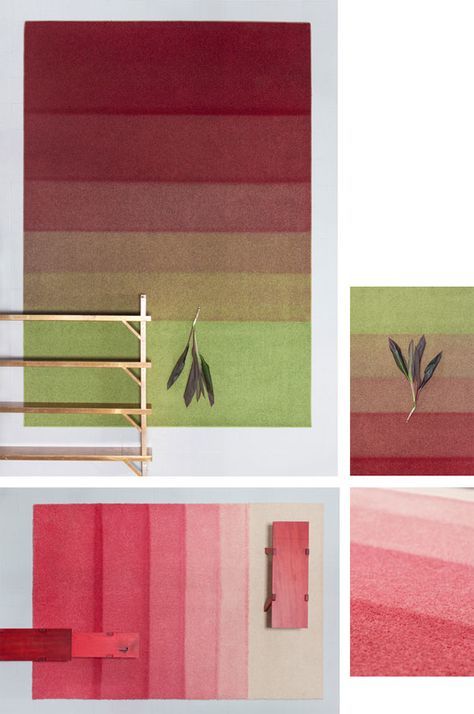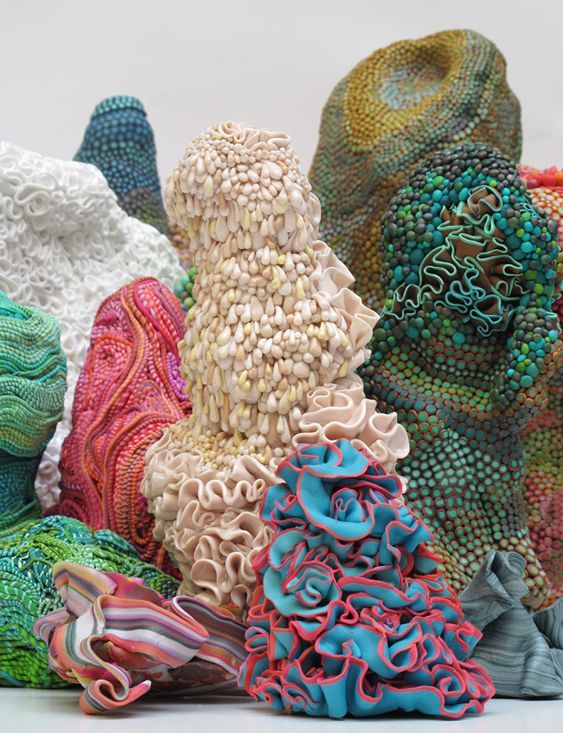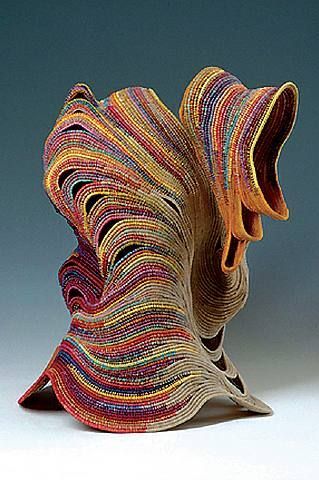Difference between revisions of "User:Dionne"
| Line 63: | Line 63: | ||
[[File:43c801b8a759a21d0848ca19c37e29b1.jpg]] | [[File:43c801b8a759a21d0848ca19c37e29b1.jpg]] | ||
| − | + | http://flowingdata.com/2015/01/27/fibonacci-sculptures-fake-movement/ | |
Revision as of 12:13, 22 September 2015
Contents
Fantastic Forgeries
Gherardo Starnina - Twee op de grond zittende, musicerende engelen
Information
Het paneel maakte oorspronkelijk deel uit van een altaarstuk, een polyptiek ofwel veelluik. De engelen bespelen instrumenten, links een klein orgel en rechts een harp. De omhoog gerichte blik van de linkerengel is een aanduiding van de grotere compositie, waar zij ooit deel van waren.
Volgens Vasari was Gherardo di Jacopo Starnina één van de beroemdste en beste schilders van Florence. Starnina was van 1395 tot 1406 werkzaam in Valencia. In de Spaanse havenstad had hij kennis gemaakt met de Internationale Stijl, die in 1393 door de Duitse schilder Marçal de Sas aldaar was geïntroduceerd. Na zijn terugkeer in Florence gaf Starnina met zijn kalligrafische lijnvoering en delicate expressiviteit een nieuwe impuls aan de Florentijnse schilderkunst. Hij bevrijdde haar van de levenloze formules die van Giotto's grootse stijl waren overgebleven. Zowel Lorenzo Monaco als Lorenzo Ghiberti werden gevormd door Starnina's stijl.
Titel: Twee op de grond zittende, musicerende engelen Schilder: Gherardo Starnina, Florence 1354/1360 - Florence 1409/1413 Jaartal: 1400 - 1410 Locatie: Dit object is te zien in zaal 03 Objectsoort: schilderij Inventarisnummer: 2557 (OK) Afmetingen: 47,7 x 71,8 cm Materiaal en techniek: tempera op paneel Creditline: Verworven met de verzameling van / Acquired with the collection of: D.G. van Beuningen 1958 Collectie: Oude Kunst Tentoonstellingen: De Collectie Verrijkt (2011)
Copy
The copy will become a digital version of this painting. Made in Illustrator in a certain drawing stye.
Transformation
Interesting parts of the paining are: the fabric details and the expression of all the different fabrics, the colors & gradients and the activities of the angles. The angles are making music and this element will come back in the end result. Transform the angles into textile objects/sculptures with a specific shape. Characteristics are texture, textile, color, shape and sound. Experiment with fabric manipulations. With the use of sensors the textile will move and play a sound when someone touches it in a certain way. One will represent the whistle and the other the harp. The objects will move on the rhythm of the sounds.
http://flowingdata.com/2015/01/27/fibonacci-sculptures-fake-movement/
